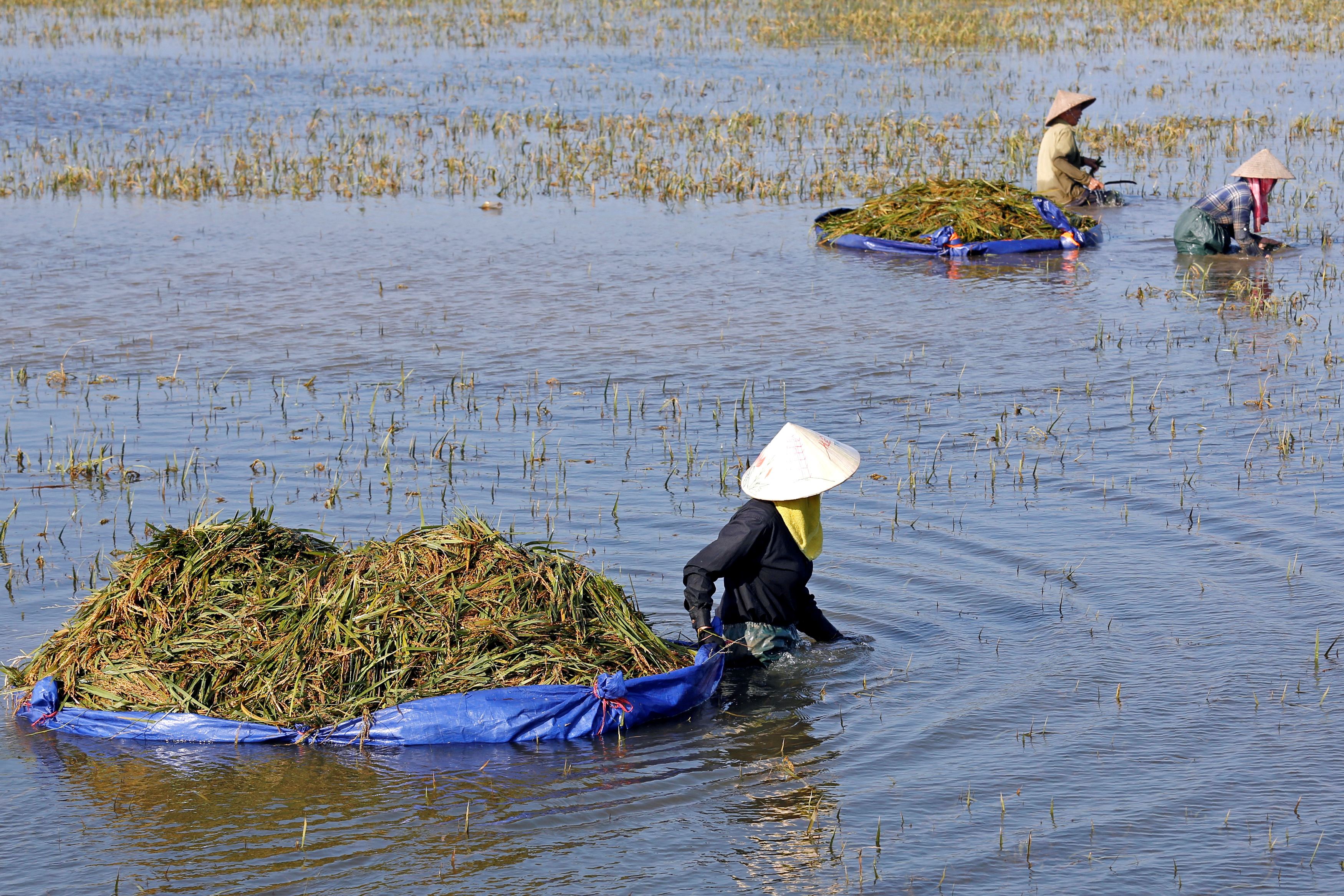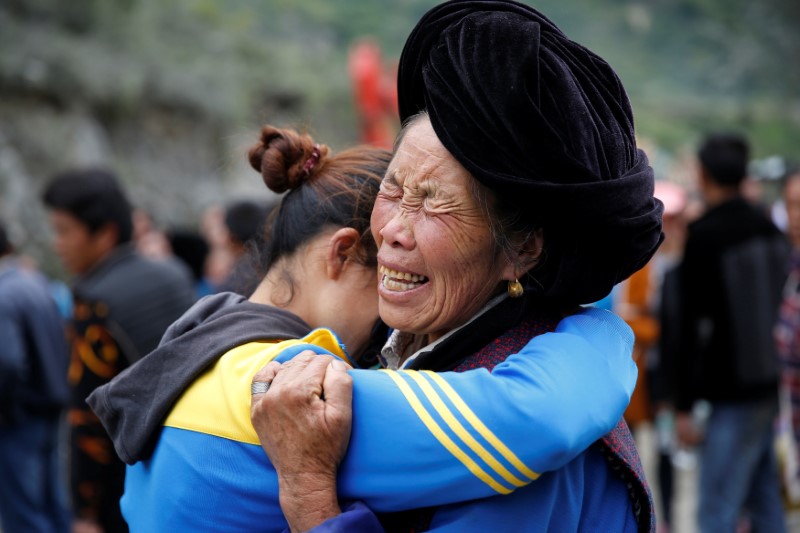
By Laura Gottesdiener
CAVAILLON, Haiti (Reuters) -Haitian officials slowly tallied the dead and disappeared in remote villages on Thursday, after the toll from last weekend’s devastating earthquake passed 2,000 and Prime Minister Ariel Henry warned the Caribbean nation faced painful times ahead.
In the small town of Cavaillon, local officials huddled over pieces of paper where they recorded the number of damaged houses, schools and churches in each of the surrounding villages, along with the number of dead and missing.
“We think there are still bodies in the ruins because we can smell them from underneath the rubble,” said Jean Mary Naissant, one of the officials of Cavaillon, which is near the southern city of Les Cayes, one of the areas worst hit by the earthquake.
Haiti’s civil protection agency said late on Wednesday the death toll from Saturday’s powerful 7.2 magnitude earthquake had risen to 2,189, with most of the fatalities in the country’s south, and that the number of wounded stood at 12,200.
Les Cayes residents were jolted from their beds by a fresh aftershock overnight, but there were no immediate reports of damage, a police officer said. Families slept on mattresses on the streets across the city, nervous about the state of buildings.
The poorest country in the Americas, Haiti is still recovering from a 2010 quake that killed over 200,000. The latest disaster struck just weeks after President Jovenel Moise was assassinated on July 7, plunging the nation of 11 million people into political turmoil.
According to the tallies for Cavaillon and the small villages that belong to it, there were 53 fatalities and more than 2,700 wounded in the area. But there were still 21 people unaccounted for six days after the quake, local officials said.
Residents had staged a protest on Monday to demand more assistance to dig out the collapsed buildings, Naissant said, but government help had yet to arrive from the capital, some 180 km (110 miles) to the east.
A village market and hotel nearby were bustling with people when the quake struck on Saturday morning, reducing the area to a great heap of shattered cement and twisted iron rods.
Residents had managed to recover two bodies from the site, said Jimmy Amazan, another local official, but the stench that emanated from underneath the pile during the rescue efforts suggested there were more that were beyond reach.
Prime Minister Henry said late on Wednesday the whole country was physically and mentally devastated.
“Our hearts are tearing apart; some of our compatriots are still under the rubble,” he said, appealing for the troubled nation to come together at a time of crisis. “The days ahead will be difficult and often painful.”
In Boileau, a farming village about a 20 minutes’ drive from Cavaillon, residents said that officials had not arrived yet to document the victims or destroyed buildings, leaving them to wonder whether the damage there was part of the official record.
Renette Petithomme, a police officer, stood in the grass outside her partially collapsed home with her toddler daughter.
She was worried: her father had departed earlier in the day for the capital Port-au-Prince to seek medical care for the head wound he sustained when the home’s walls fell in, but the public bus had broken down en route.
“Since the earthquake, he’s been losing his senses, having trouble speaking and walking,” she said, adding that the family finally decided to send him to the capital for treatment after learning that all the nearby hospitals were full.
Several days since the earthquake, scant aid has arrived in remote areas across the country’s south, according to residents and Reuters witnesses.
In Camp-Perrin, another rural town inland from Les Cayes, more than 100 displaced people, including children and disabled residents, were camped out in a field under the cover of trees after their homes were destroyed by the quake.
A mudslide from two nights of heavy rain earlier this week had partly blocked the main road leading to the area. Any more precipitation could lead to it being impassable, locals said.
(Reporting by Laura Gottesdiener in Cavaillon and Gessika Thomas in Port-au-Prince Additional reporting by Henry Romero in Camp-Perrin; Editing by Ana Nicolaci da Costa and Nick Zieminski)

















